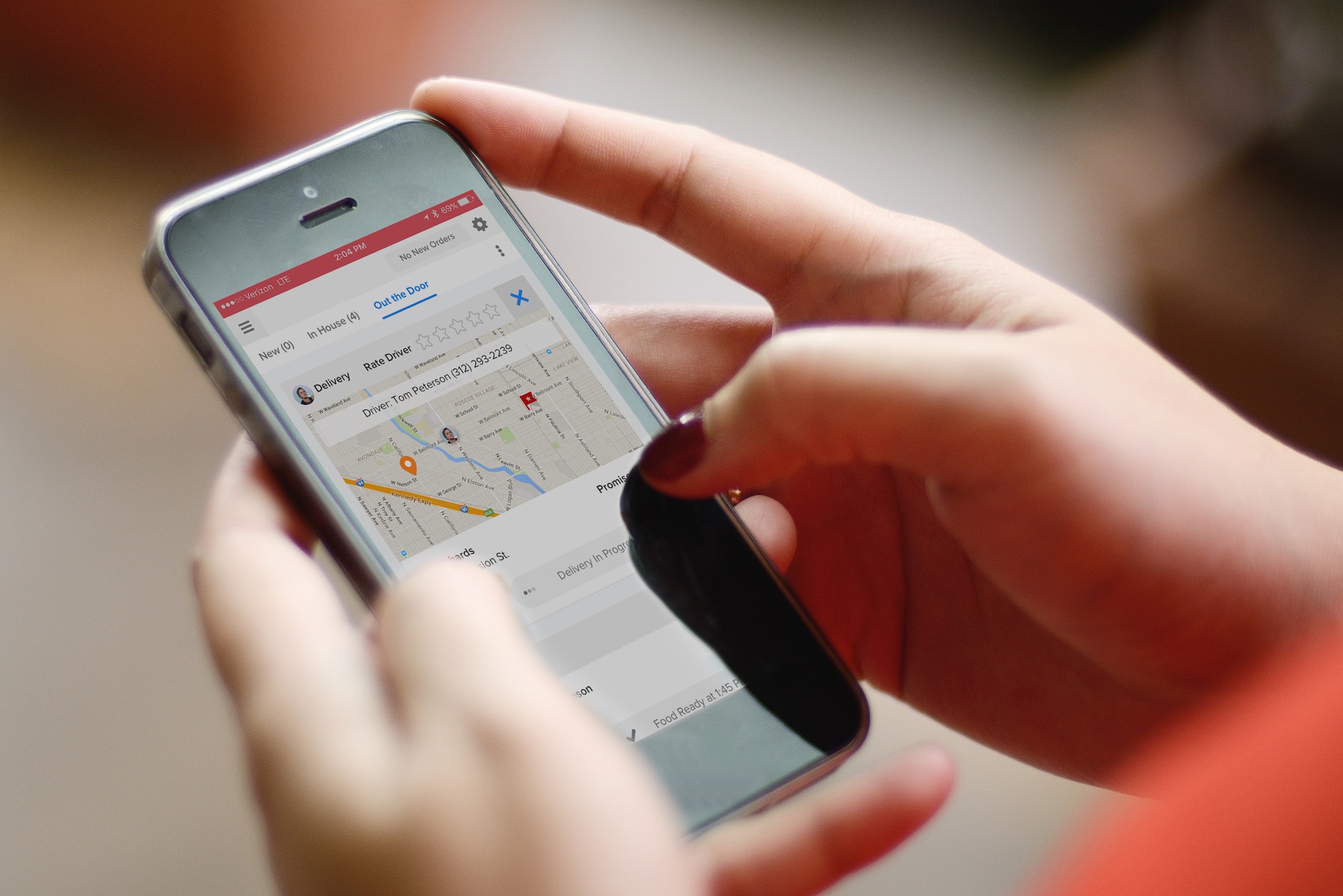Grubhub's Aggressive Growth Fueled by Chain Partnerships

Photo Credit: Grubhub's app. Grubhub
Skift Take
Like everyone in the delivery space, Grubhub has extremely aggressive expansion plans and is looking to shore up as many restaurant chain partnerships as possible. In the race to grab market share, it's positioning itself as the one to beat.
Grubhub is growing at a breakneck pace. Between the company's exclusive Yum Brands partnership, the Eat 24 acquisition, and the company's own rapid expansion into new markets, Grubhub's numbers just keep going up.
In its latest earnings report, Grubhub revealed that in the first four months of the year it has already expanded into 50 of the projected 100 new markets that the company set out to enter by the end of 2018.
The company added 600,000 new active diners in the past three months, marking the biggest jump in diners that Grubhub has seen in its history — largely thanks to the Yum exclusive partnership. That translated into 436,900 daily average orders (up from 393,500 daily average orders in the last quarter). In Tier 2 markets, those daily average orders were at the highest peak that the company has seen since 2016.
More Chain Partnerships
In order to keep up this growth, Grubhub is continuing to push for aggressive expansion in smaller markets, especially through chain partnerships. "I think that we have the most competitive offer in the space," Grubhub CEO Matthew Maloney said on the earnings call. "We're going to continue to add chain partners very, very aggressively."
Restaurant chain partnerships are the fastest, most effective way to grow Grubhub's own market share, especially in smaller markets where chains make up the bulk of local restaurant offerings. The company announced five new partnerships this morning with Five Guys, Argo Tea, Ruby Tuesday, Corner Bakery, and southeastern regional chain Newk's. However, the best partnership is an exclusive one like Yum Brands, which none of these are at this point. When pressed on how Grubhub evaluates chain partnerships that don't go in their favor (Chipotle's expanding partnership with DoorDash, for example), Maloney noted that those partnerships aren't as integrated, which is what Grubhub really pushes for.
"A lot of our competition is effectively free," said Maloney. "That's not the type of deal we structure because we want the partnership, and we want to integrate the supply chain and make sure that we're providing the absolute best possible experience."
Grubhub's point-of-sale integration is key here, as well as the fact that the company offers white-label delivery service, which was a driving force in the exclusive Yum Brands partnership. Grubhub is also looking to build out pickup options, pushing away from the idea that it is only a food delivery platform.
"I think we're really the only one that provides a full solution for online ordering, pick up first and delivery," Grubhub CFO Adam Dewitt said. "Everyone else in our space is really predicated by delivery, and it doesn't make sense to pick up from a logistics delivery platform whereas we're a marketplace for restaurants to drive demand."
Yum Brands Update
Much of the aggressive market expansion that Grubhub has reported so far has come directly from the Yum partnership, now that Grubhub is working with local Taco Bell and KFC franchisee owners across the country. Grubhub views those restaurants as its anchor tenants in these new markets, and will look to fill in market coverage gaps with mom-and-pop restaurants as the Taco Bell and KFC partnerships stabilize.
Grubhub will also significantly ramp up its visibility from incoming advertising efforts around the partnership. Grubhub expects to do the majority of the partnered advertising with Yum later in the year, after the company has had time to integrate into 60 to 75 percent of Yum's market.
The One to Beat
Moving forward, Grubhub has to balance maintaining its position as the biggest competitor in this space with the fact that there's so much more market share to go after. Look for more app updates, new consumer-facing programs ("If you look on the platform, you see a lot of pilots out there that we haven't talked about," Maloney noted), and, of course, more chain expansion in the coming months.
"If you take a step back and look at the restaurant industry, obviously, it's not a significant growth story with the exception of online ordering," Maloney said. "So every boardroom is asking the management team, what are we doing about online ordering? And they're foolish if they're not evaluating Grubhub given our scale, given the validation from the Yum deal and given all of our expansion efforts."
